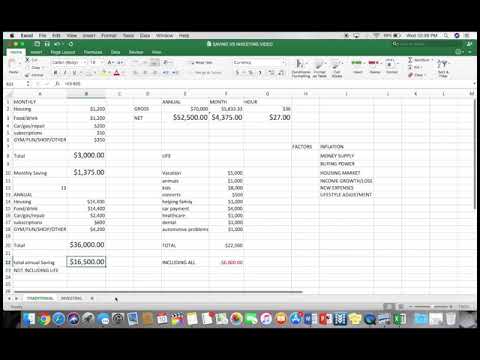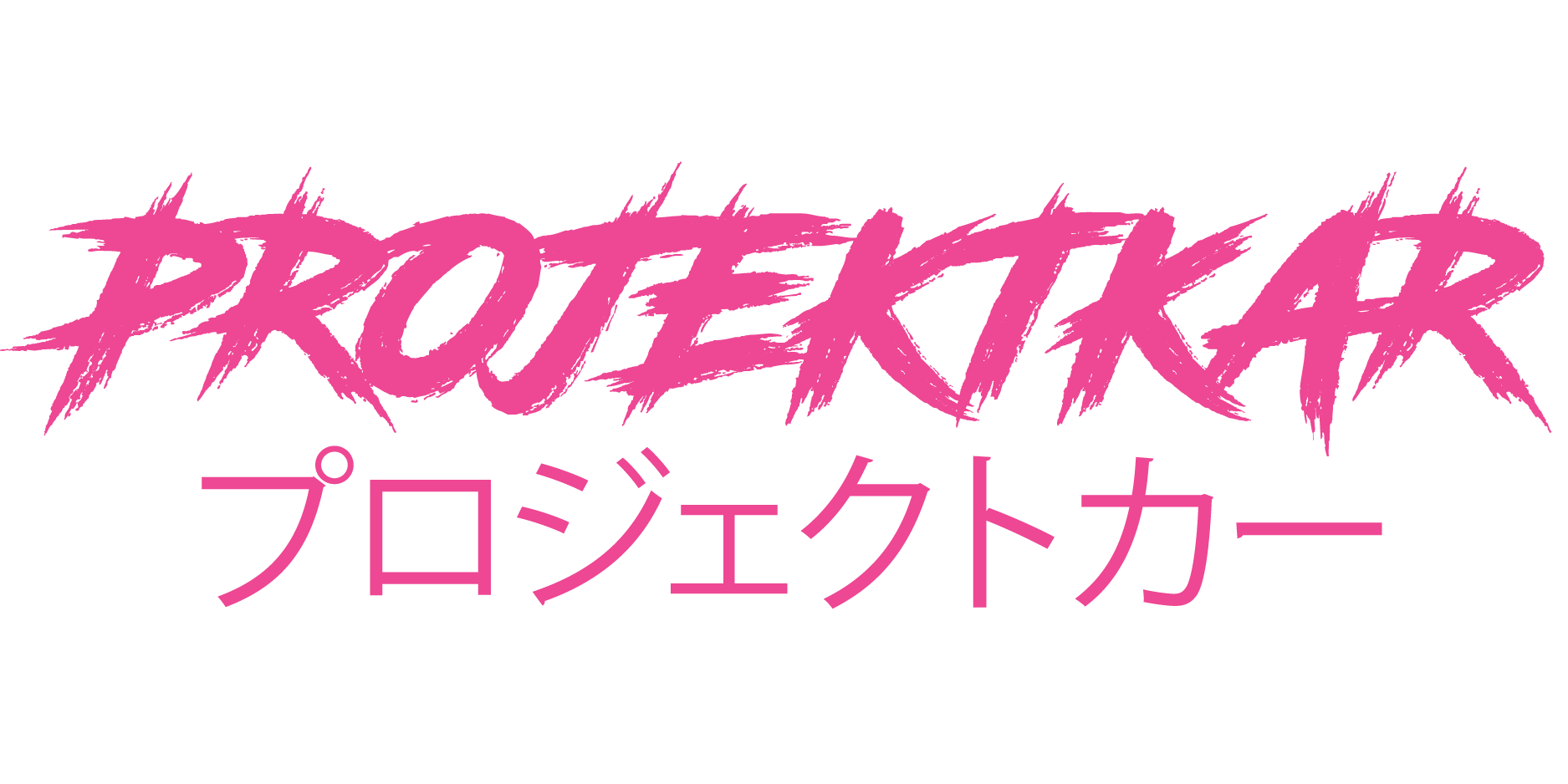Contents
In trend continuation, the FWP can be seen as a second chance for traders to profit from the upward trend. With a good placement of stop loss, traders are not trapped if the chart does not eventually continue. • A wedge pattern is considered to be a pattern which is forming at the top or bottom of the trend. The price finally rises for the third time, but only to the level of the previous peak before falling again. The pattern forms after long bullish trends in which the price rises to a peak and then falls to form a trough.
These two lines or trend lines show a rise or fall in stock prices and give the appearance of a wedge. These wedge lines can indicate two types of trend reversals – bullish and bearish. This pattern can be used in any time frame, although it is more commonly seen on longer-term charts. Rising wedges typically form during bullish periods as investors buy the asset in anticipation of further price increases. However, the pattern can signify that the rally is losing steam and the price is about to head lower.

To trade a broadening wedge, you don’t look for a breakout beyond either the support or resistance line. Instead, most traders look to take advantage of the oscillations within the pattern itself to earn a profit. Here, a common strategy for placing your https://1investing.in/ stop loss is to put it just below the market’s previous high – the last time it tested resistance. Then, if the pattern fails, your position is closed automatically. Talking about volume characteristics, volume tends to decline when within the triangle.
This, along with the fact that a lot of pharma stocks are exhibiting similar bullish reversal patterns is a warning sign for pharma bulls. With pennants, the trend lines converge to form a symmetrical conical shape, compressing price volatility as they meet. An essential characteristic of a pennant is the flagpole, which is depicted by a vertical line formed by a tall bullish or bearish candlestick at the beginning of the pennant.
The prior trend before formation of this pattern is an uptrend, and a sell signal is given when the lower support is broken towards the end of the pattern. An increase in volume on the support break can also give a confirmation about the sell signal. A symmetrical triangle is a chart formation in which the slope of the price highs and the slope of the price lows converge to form a triangle. What’s happening is that the market is making lower highs and higher lows during this formation.
You need to identify your lower lows and lower highs on the chart. There are several things you note to trade the falling Wedge pattern effectively. Since this pattern can signal a continuation or reversal, there are specific things to note here.
Forex rising wedge pattern characteristics #daytrading
The break, meanwhile, must preferably be accompanied by an increase in volume. As stated earlier, price patterns can also be plotted on line chart. Notice the three identical bottoms, and notice the two intervening lows that are ascending rather than horizontal. This is fine give that the second peak is only slightly above the first peak.
- This pattern indicates a continuation of the market’s downtrend, as momentum slows in the share’s pricing.
- Notice the three identical bottoms, and notice the two intervening lows that are ascending rather than horizontal.
- The entire formation takes the shape of a ‘U’, and hence is called a rounding bottom.
- Indicators are pre-defined calculations which help in forecasting the future.
- As shown in the image, rising wedges can be used such that analysts draw trendlines both below and/or above it.
The neckline could be downward sloping, horizontal, or upward sloping. Based on experience, a downward sloping or horizontal neckline is preferred over an upward sloping neckline. A rectangle is a continuation pattern that could appear during an uptrend or a downtrend. A rectangle represents a pause to the ongoing trend, during which the price broadly consolidates within a set range. The pattern comprises of at least two identical peaks and at least two identical troughs.
Descending Wedge Pattern: Guide How to Trade Falling Wedge Pattern
Talking about volume characteristics, volume is quite random during the formation of the pattern. On some occasions, the volume expands sharply, while on other occasions, the volume remains abysmally low. The break, meanwhile, must be accompanied by a marked increase in volume. If volume is not strong during the break above the horizontal resistance line, the pattern will remain vulnerable for a false break.
The first half of the pattern was characterized by strong volume, but the second half was characterized by low volume, until the breakdown point. Notice the uptick in volume at the time of breakdown from the pattern, margin of safety is equal to profit divided by suggesting that selling pressure in starting to increase. The price objective was exceeded in this case, before a sharp reversal took place. Essentially, this pattern indicates a shift from buyers to sellers.

This is because the buyers are slowly but surely gaining control of the market and pushing prices higher. The Falling Wedge is a Bullish Reversal Pattern that starts wide at the top but contracts as the prices move lower. The price usually fluctuates between an upper downtrendline and a lower downtrendline, where the upper trendline acts as a resistance and the lower trendline acts as a support.
Where Does the Falling Wedge Occur?
However, if Nifty breaks and trades below its 20 HMA it will find its nearest support around its 50 HMA . The next resistance zone for Nifty is around its hourly upper Bollinger band . After a few attempts, the prices finally break through resistance. To confirm the breakout, the price should close above the resistance line, if so, make a long. This scenario ranks the annualized net gain as 74th among the four tables.
However, being a bearish continuation pattern, when price is trading with the triangle, expect modest upticks in volume during declines and downticks in volume during advances. Preferably, the breakdown from the triangle must be accompanied by an increase in volume. However, pickup in volume at the time of breakdown in case of this pattern is not as important as pickup in volume at the time of breakout in case of an ascending triangle pattern.
Trade can be initiated once the breakdown of the horizontal line is confirmed. Volume and other indicators should be considered as factors to confirm the breakdown before entering the trade. Just like any strategy of earning consistent returns from markets, the success rate of rising wedge pattern in stock and currency markets cannot be 100%. There may be chances when prices start to move in the unfavourable direction due to any unforeseen reason.
Talking about volume characteristics, volume tends to decline when within the consolidation. Sometimes, when price is trading within the rectangle, volume picks up modestly during rallies and fades during declines. Similarly, in some cases, when price is trading with the rectangle, volume picks up modestly during declines and fades during rallies.
Although it can be seen at the bottom of a bear market, signaling the end of the downward trend, it is always a prelude to a bullish trend. Your stop loss should be placed on the opposite side of the breakout, and your Take profit should be placed where the wedge is thickest. Just write the bank account number and sign in the application form to authorise your bank to make payment in case of allotment.
A rising wedge in an uptrend is considered a reversal pattern that occurs when the price is making higher highs and higher lows. This indicates a slowing of momentum and it usually precedes a reversal to the downside. This means that you can look for potential selling opportunities. In the chart below, notice the gradual shift from demand to supply. Finally, the breakdown signalled a reversal in trend from up to down and triggered a steady decline in price in the days ahead.
The Profit target
Volume should then flatten out during the second part of the pattern, suggesting that there is an equilibrium between buyers and sellers. Finally, volume must increase during the third part of the pattern when price is declining. The rise in volume during the third part along with falling price suggests that selling interest is picking up. Finally, the breakdown must preferably be accompanied by a noticeable pickup in volume. Notice in the chart above the marked pickup in volume during the breakout of the neckline.
Technical/Fundamental Analysis Charts & Tools provided for research purpose. Please be aware of the risk’s involved in trading & seek independent advice, if necessary. Indicators are pre-defined calculations which help in forecasting the future. The careful use of indicators can add a confirmation to your analysis and help in making informed trading decisions.
Trading Advantages for Wedge Patterns
As far as volumes are concerned, they keep on declining with each new price advance or wave up, indicating that the demand is weakening at the higher price level. In a bullish trend what seems to be a Rising Wedge may actually be a Flag or a Pennant requiring about 4 weeks to complete. Notice how the upper trendline connects higher highs, and how the lower trendline connects lower lows. As such, this wedge is expanding or broadening as the price action progresses.
